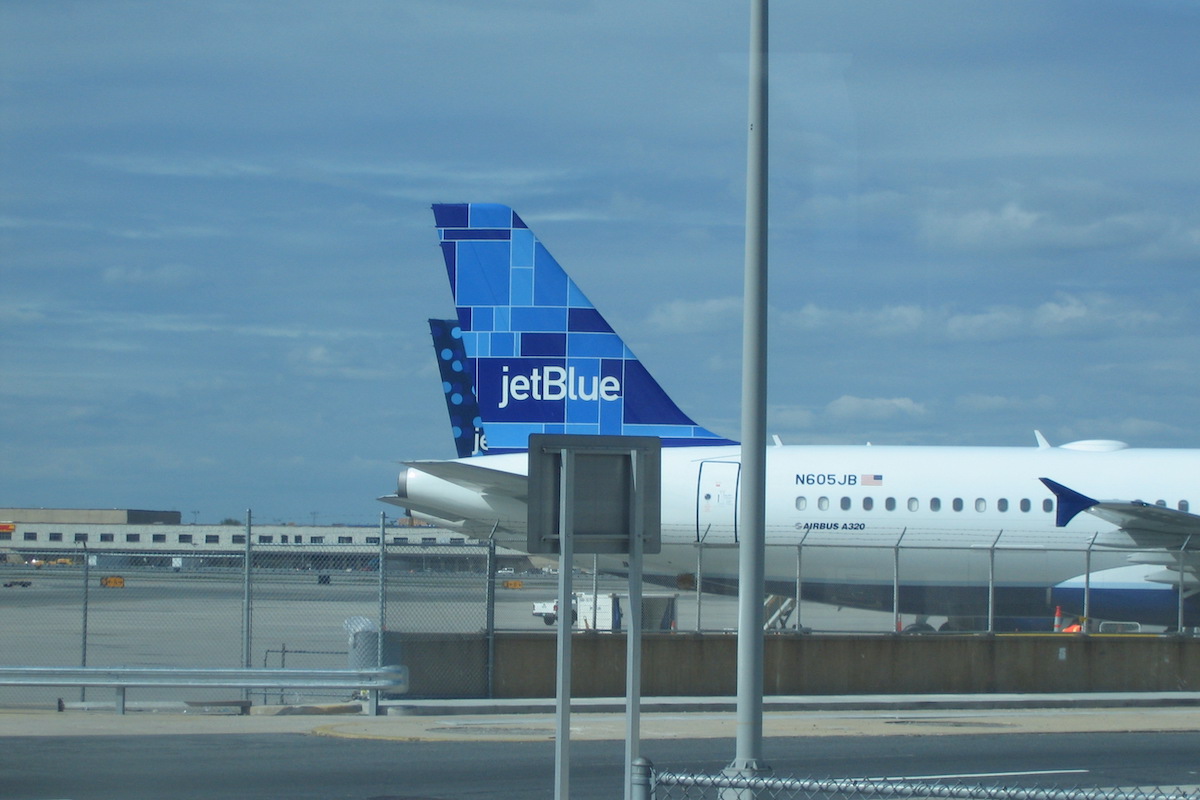Expedia vs. Hopper: We Tested How Many 'Taps' to Book a Flight

Skift Take
You'd think the most successful online travel companies would push customers to book flights (or hotels) as fast as possible. Book the sale before the customer can get distracted or find a better deal.
That's why it was intriguing at Skift Global Forum last week when Expedia Group CEO Peter Kern said the company found it took six "clicks" to book a flight on Expedia versus 27 on Hopper. The statement came in the context of Expedia arguing that it ended its Hopper partnership because of its claim that Hopper allegedly misleads consumers. On the same stage the next day, Hopper founder and CEO Fred Lalonde said Expedia severed ties out of competitive concerns.

